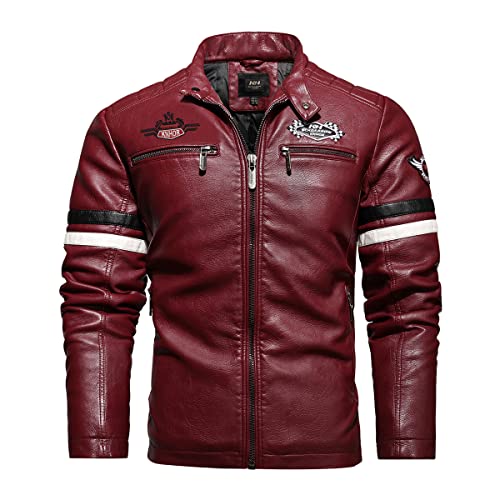Down to about 20 degrees fahrenheit (-7C) most users find that they can start normally on first crank...The suggested headlight-on time...at 40f (5C), 30 seconds will help...increase cranking performance. If at 0f (-17C), leave the lights on for 4~5 minutes before cranking.
CCA ratings another way that lead-acid makers have tried to convey starting power. Unfortunately, their typical spec is based on a "half-nominal-voltage" delivery. That is, at their CCA spec, you can expect 7.2V delivered, at best; and 7.2V isn't useful, as you won't start a vehicle with it...
In any case, CCA ratings aren't about actually drawing that much current from a battery. The typical vehicle which uses a 200A CCA-rated battery, for example, will only draw 45A~80A from the battery. What the CCA rating really intends to convey is how much voltage will be delivered. Higher CCA rated batteries will deliver more voltage at the same actual cranking current. Our LFX are CCA rated to deliver 9V for a 5-second crank at the CCA rated current. (in fact, our average voltage delivered will be even higher during a 30-second crank. But our CCA ratings are intended to indicate not only a measure of voltage at true cranking currents, but also proper usage, which lead-acid do not) At actual cranking currents - which are always well below CCA, LFX deliver up to two volts more than an equivalent-CCA-rated lead acid battery. Current alone won't start anything. It is the current multiplied by voltage that does the work (watts). In reality, this means that you can multiply the LFX CCA rating by 1.5x to compare to a Lead Acid battery CCA. For example, our 270A CCA LFX18 series provides about the same cranking voltage as a 405A-CCA-rated lead acid battery (from a quality lead-acid maker; some CCA specs we've tested on the cheapest lead acid seemed to be plucked from thin air).




















































